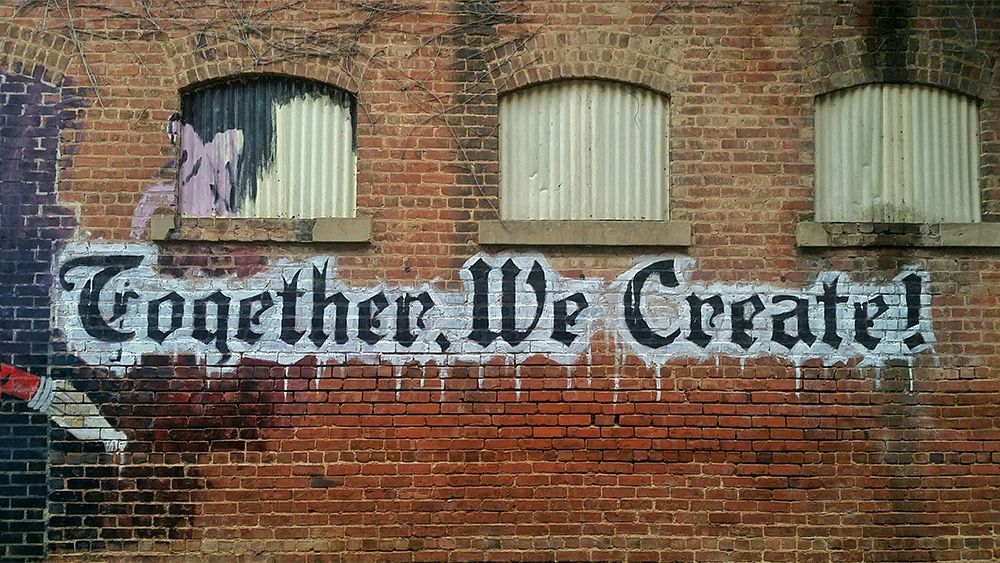T his year’s unprecedented lockdown happened just as we started moving forward with our 2020 goals. There has been a lot of speculation about Covid-19 and its consequences, much of it dire, but there has also been something that has kept us all rolling: the human mindset. With constraints come new creative ideas.
|
ADVERTISEMENT |
Our imagination, creativity, and innovation helps to lead us far away from stagnation, depression, and pessimism. According to Nielson India, there was a 44-percent rise in social media usage during the lockdown. There also was a 72-percent increase in ad content by influencers.
…

Add new comment